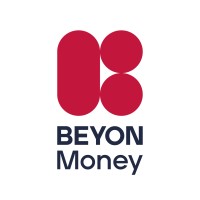 Back
Back
The Future of Central Bank Digital Currency

By Mark Dillon, Solutions Marketing Director, Ingenico
Holding a bank account at your country’s central bank isn’t really an option. In addition to being responsible for monetary policy and issuing currency, central banks manage the government’s accounts, but you can’t walk in and open a personal account at the Bank of England or the European Central Bank. While opening a bank account isn’t likely to be possible anytime soon, central banks are increasingly looking at how new technology can be used to mimic what they have always done, namely issue currency. Worried about the rise in parallel currencies (for which, read cryptocurrencies), Central Banks have started to ask how they can play in this game, not as a speculative asset, but to use the new possibilities that a digital currency allows in order to further their policy goals. The answer is a Central Bank Digital Currency. While the name isn’t going to win any prizes for originality or creativity, what is emerging may well impact how we pay for things in the future.
What’s in a name?
What’s in a name? When it comes to Central Bank Digital Currencies, the answer is everything. We know that in most cases, only a central bank is allowed to issue the notes and coins we still (or used to) have in our pockets. But as we have increasingly adopted digital payments, their role as an issuer of currency has been somewhat diluted. The digital money we spend with a credit card performs the same function as a euro note, a dollar bill or a pound note: it is a means of exchange, a unit of account and a store of value. But the central bank didn’t exactly issue this digital money and that means that the bank’s ability to control it is at arm’s length. A digital currency issued by a central bank would be fully under its control so it could decide on how it’s used, how much is out there and where it’s spent. Central banks see a digital currency as identical to paper money, only money in a digital form.
How could it work?
Of course, it’s very early days yet, and so far CBDCs have only been generalised in a few countries, typically those with a strong, centralised authority already in place, such as China and Nigeria. However, insofar as CBDC would aim to replicate all the attributes of cash but in a digital format, two features stand out:
- Privacy – cash transactions are intrinsically private—neither the payer’s source of funds nor what the recipient does with the funds unless they are deposited in a bank is known to either party. A CBDC could mimic this feature to the extent that government decides it should do so.
- Instant value transfer (when you pay with cash, ownership immediately changes hands – a CBDC could enable this same instant, direct transfer only digitally;
While instant transferability of value is feasible and uncontroversial, will governments really allow total privacy and untraceability in a digital currency? Unlikely, at least for merchants, and already a significant divergence from what has made cash king for so long. So a CBDC would be identical to cash, but only as identical as the bank would let it be.
Also, instant transferability of value with a CBDC is significantly different from existing instant payments, (or fast payments), as we know them today which still usually rely on a bank network to process the transaction and subsequently to store it. A CBDC would not use the bank networks and retail banks are of course worried about this because the cash involved here is important for their capital ratios. This is something that central banks are having to take into account as they design their new currency.
What operating model?
At this stage, no standard technology or framework has been defined (blockchain is by no means a given), and interoperability is even further away. While there is a risk that CBDCs become a technology in search of an audience, the more enlightened institutions are conscious of this risk.
One of these is The Central Bank of Canada, which has identified three possible operating models: (1) the central bank provides the network infrastructure. Intermediaries provide end-user services such as a wallet and the means of acceptance/authorisation; (2) the central bank provides the network infrastructure and a basic wallet for end users, and Intermediaries provide all other end-user services; (3) a regulated entity provides the network infrastructure and intermediaries provide end-user services.
Canada’s work is noteworthy because it recognises the need for practical uses and an ecosystem that benefits everyone: “…the chosen model must deliver value to all participants of the ecosystem: end users should find it worthwhile to adopt and use it, intermediaries should find it profitable to participate in the ecosystem, and the central bank should be able to advance its chosen public policy objectives.”
This last point is crucial. Central Banks are showing interest in Digital Currencies as a way to advance their policy objectives. This is, of course, a contentious point and one which may be more acceptable in some countries than in others, or in countries where monetary policy is not subject to day-to-day government control.
What next?
To be clear, none of these are overwhelming arguments in favour of CBDC. They are at best, optimistic and at worst nebulous. The innovation argument appears to be the strongest. The pace of innovation has been relatively slow in payments compared to other sectors, and evolutions for users have tended to be incremental and based on existing technologies. CBDC could be a catalyst for innovation.
Because of the political backing that a Central Bank-sponsored digital currency has by definition, a CBDC could change what is possible and at scale in a way that traditional payment schemes cannot. This could explain the European Central Bank’s enthusiasm for the topic as it seeks to develop strategic autonomy in transnational payments with the EU area. But once again this brings us back as much to the realm of public policy as it does to that of financial innovation.
For these reasons, CBDCs are likely to remain a topic of interest and discussion for some time and it is likely to be several years before we are using digital currency in the same way as we use cash today. But it is not too soon to start thinking about the implications now.
IBSi News
Get the IBSi FinTech Journal India Edition
- Insightful Financial Technology News Analysis
- Leadership Interviews from the Indian FinTech Ecosystem
- Expert Perspectives from the Executive Team
- Snapshots of Industry Deals, Events & Insights
- An India FinTech Case Study
- Monthly issues of the iconic global IBSi FinTech Journal
- Attend a webinar hosted by the magazine once during your subscription period
₹200 ₹99*/month
* Discounted Offer for a Limited Period on a 12-month Subscription
IBSi FinTech Journal
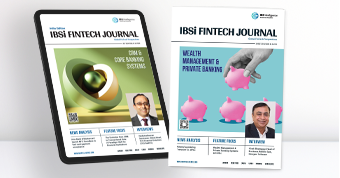
- Most trusted FinTech journal since 1991
- Digital monthly issue
- 60+ pages of research, analysis, interviews, opinions, and rankings
- Global coverage
Other Related Blogs
June 27, 2025
Intelligent payment orchestration – why 2025 is an inflection point for banks in Europe
Read MoreRelated Reports
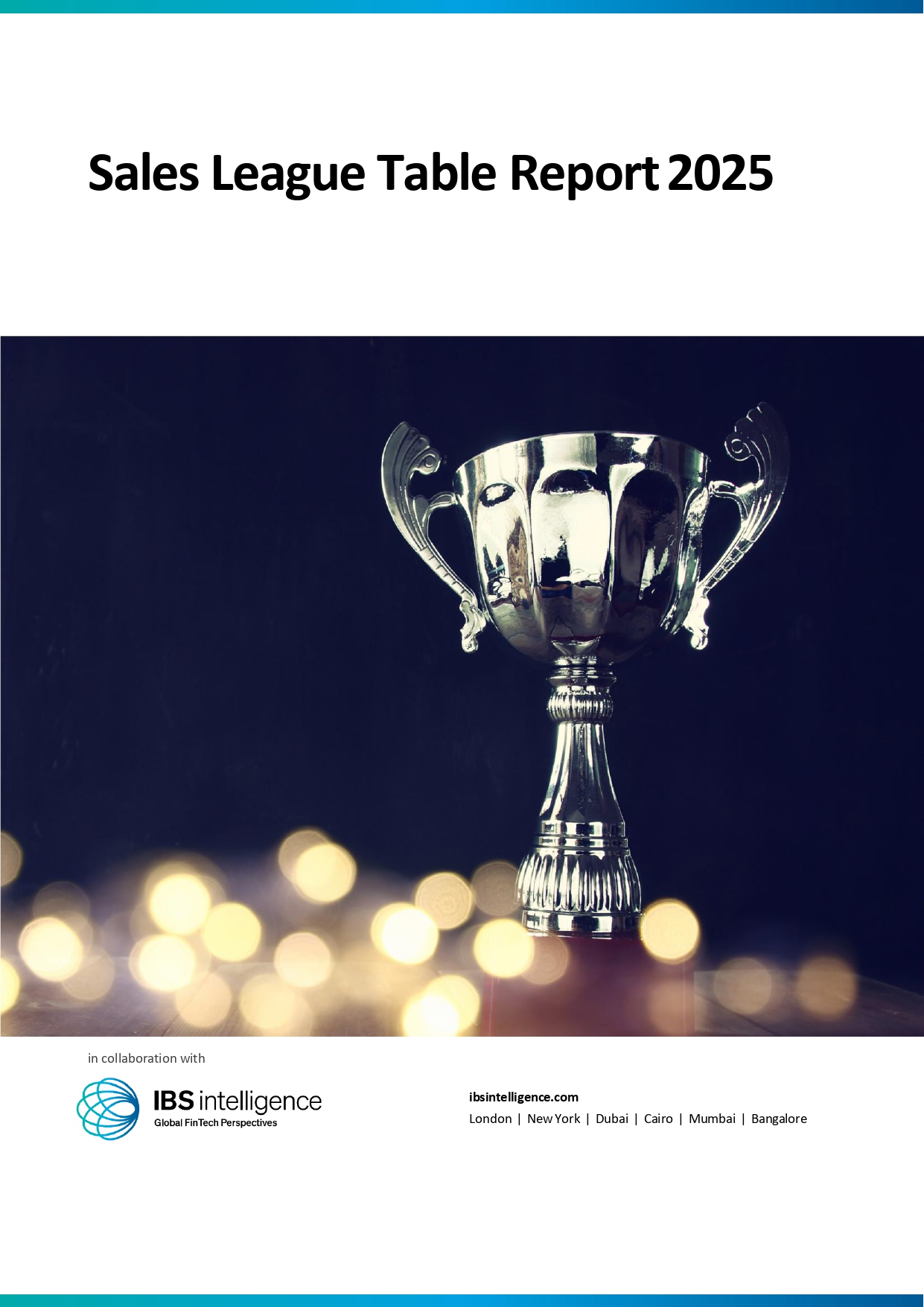
Sales League Table Report 2025
Know More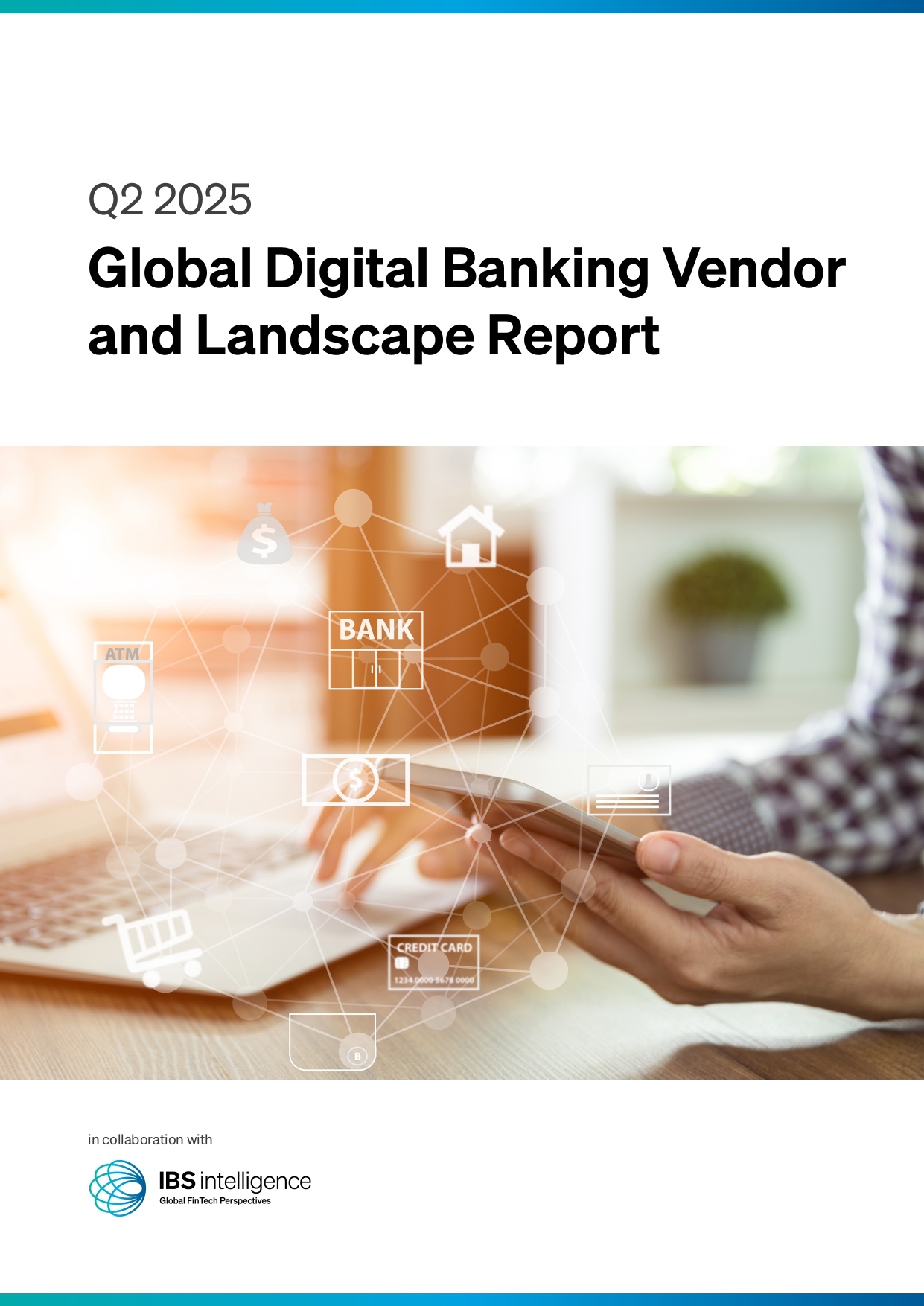
Global Digital Banking Vendor & Landscape Report Q2 2025
Know More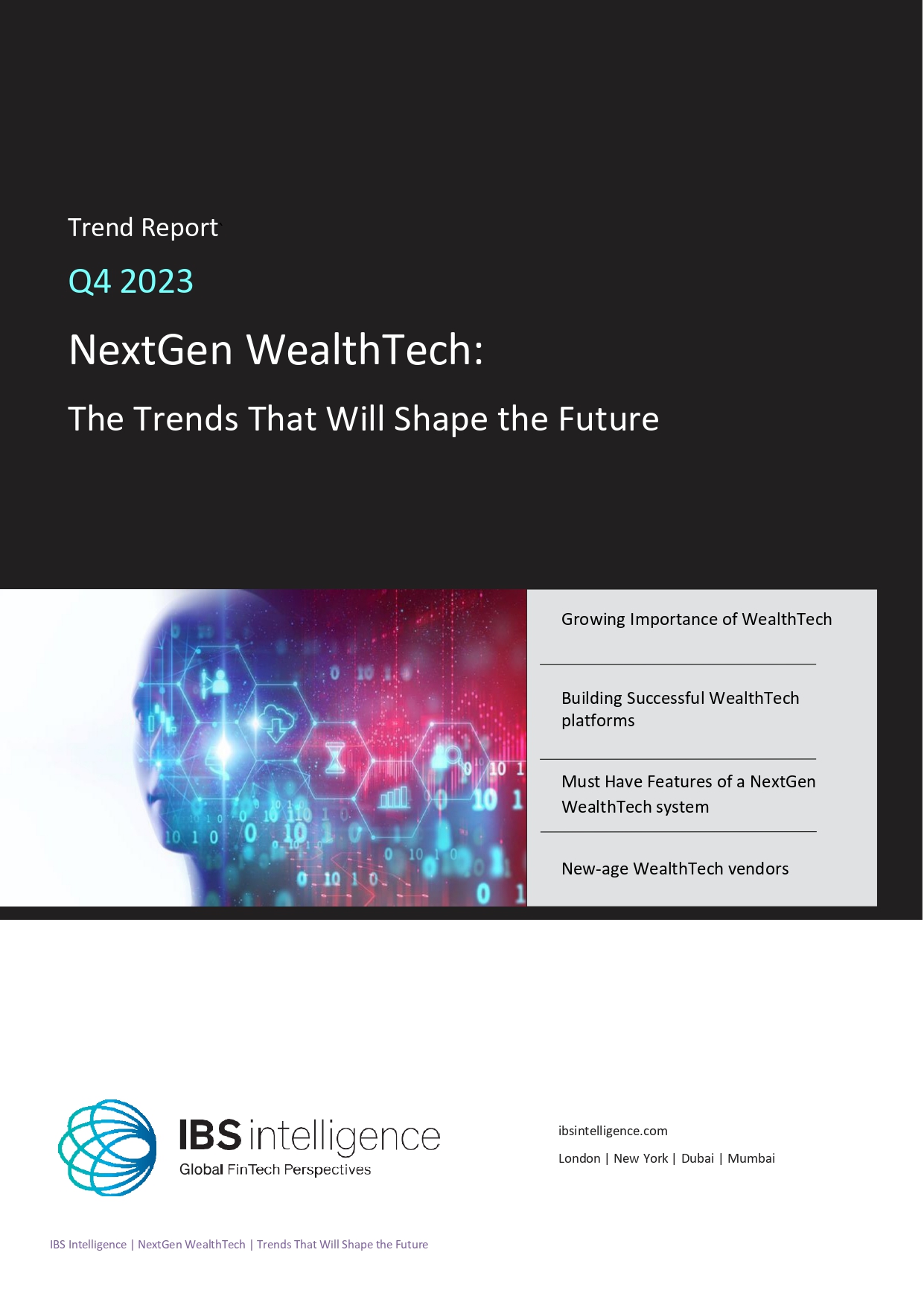
NextGen WealthTech: The Trends To Shape The Future Q4 2023
Know More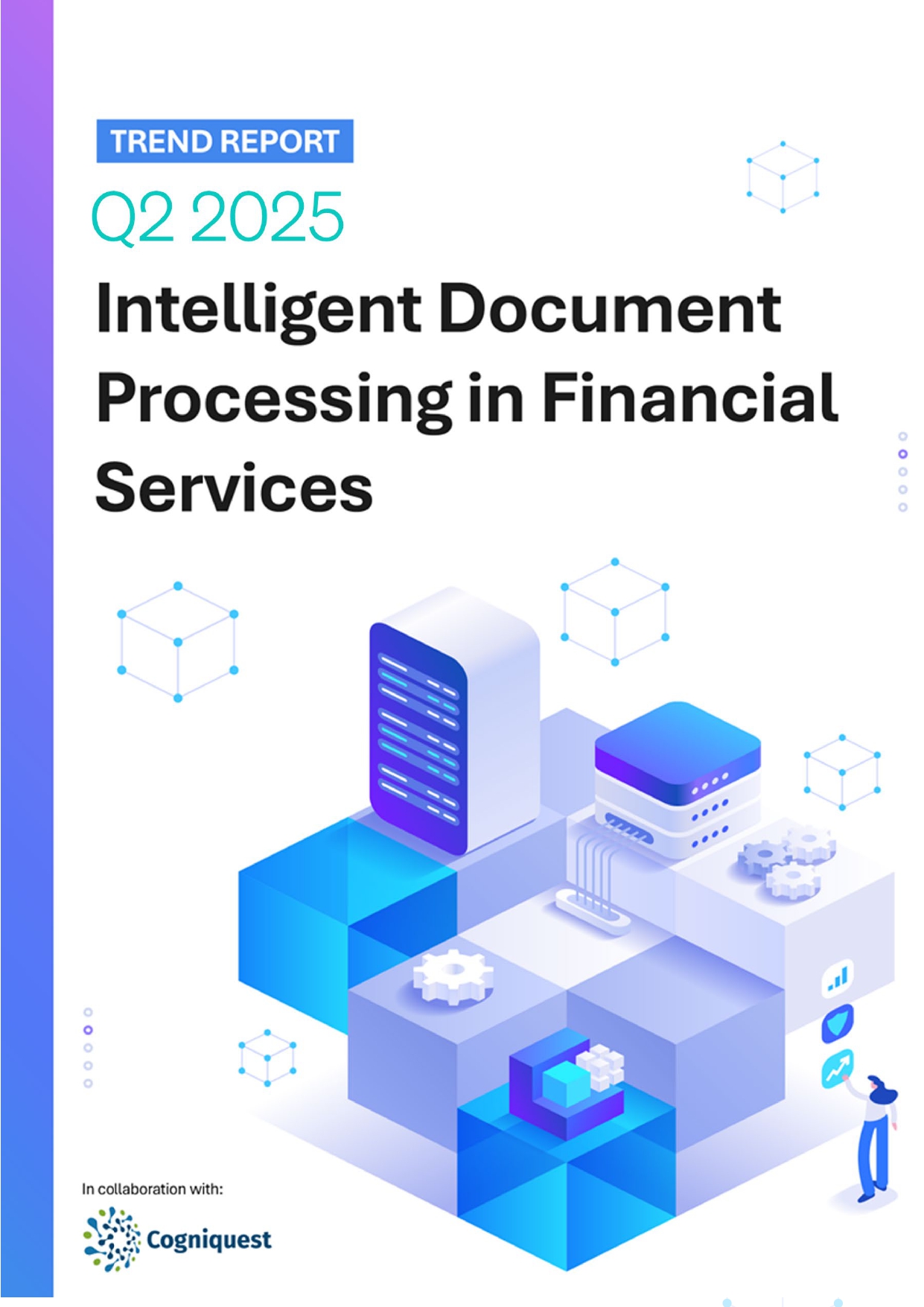
Intelligent Document Processing in Financial Services Q2 2025
Know More

